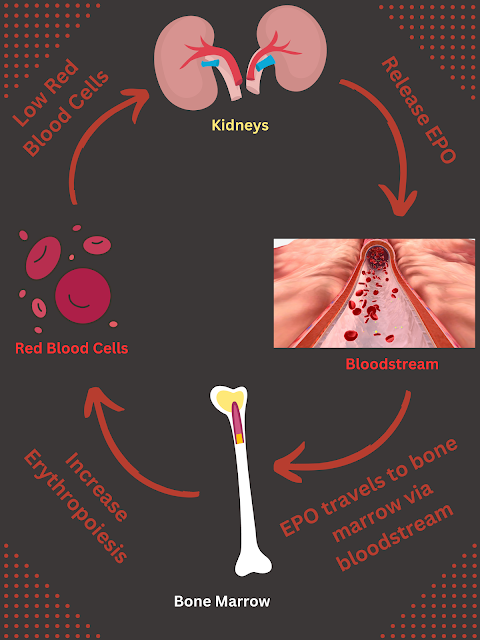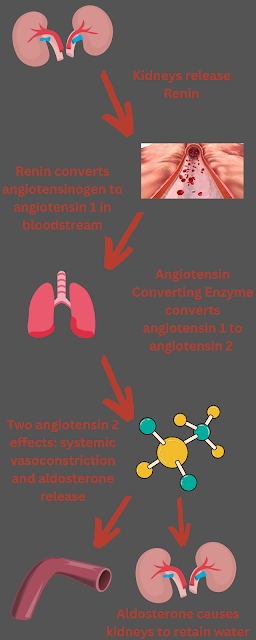Picture of Professor Pocky taken by Dr. Haus
Click For Explanation of Case Flow
Signalment:
Elaine is a 65-year-old female intact elephant living in an elephant sanctuary in Thailand
🐘
History:
Elaine has been living at the sanctuary her whole life because her mother was killed by poachers when she was a calf. Elaine’s only pertinent medical history is that she had a suspected viral infection that cleared about ten years ago with supportive treatment.
Over the past few months, it has been noted that Elaine is appearing more lethargic (tired) and has a pot-bellied appearance. Today, Elaine collapsed in her habitat and the veterinarian was called in to examine Elaine.
None of the other elephants in the habitat are showing any signs of disease.
🚑
Physical Exam Findings:
Neck:
Jugular vein distension and edema noted in ventral neck 🧨
Cardiovascular:
Increased heart rate, arrhythmia noted, weakened pulses 🫀
Abdominal:
Ascites noted (fluid in the abdomen) 🫄🏽
🩺
🛑STOP and brainstorm what diagnostic tests you would like to perform on Elaine 🛑
Diagnostic Testing Results:
Radiographs (X-Rays):
Enlarged heart noted, enlarged vessels leading into the right atrium
Echocardiogram:
All four heart chambers dilated with the right atrium being the most dilated. No abnormalities of the valves, decreased cardiac outputAtrial arrhythmia noted
🧪
Day 1 Conclusion
Before Thoughtful Thursday think about your...
🧪 Further Diagnostic Testing
📚 Review Material Related to Elaine's Case (i.e. specific diseases of interest, arrhythmias, causes of ascites, heart anatomy, types of heart disease, personal interests, confusing points, etc.)
Thoughtful Thursday: Elaine Emits Exhaustion (link will go live Thursday, 11/02/2023)



































